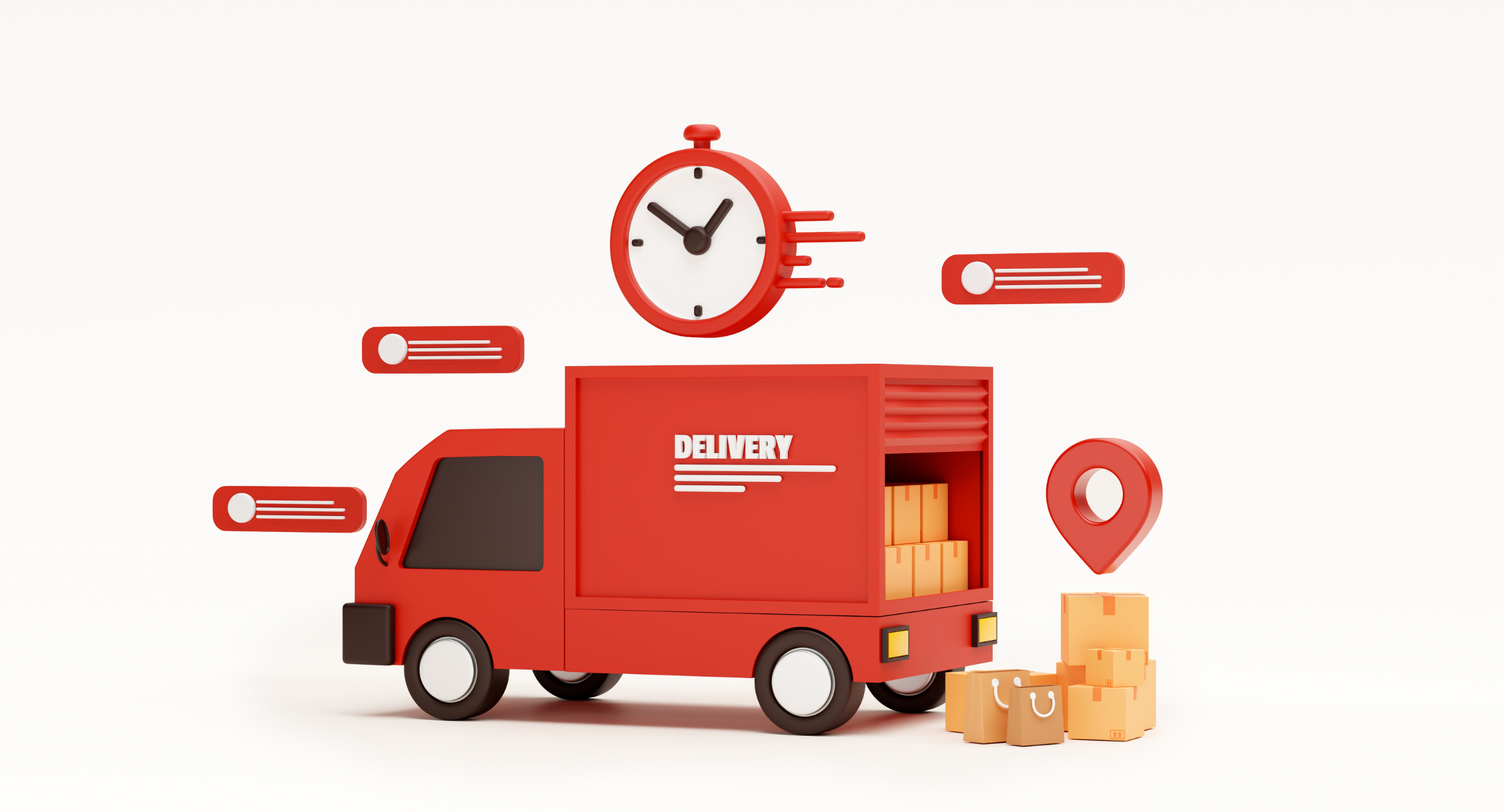The success of a direct mail campaign relies greatly on the quality of the mailing list. Enter the unsung heroes behind the scenes – the data team, armed with the tools and expertise to clean and process the lists, ensuring it meets the standards set by Canada Post for delivery. Let's delve into the world of mailing list processing and its pivotal role in optimizing direct mail.
Understanding The Mailing List For Direct Mail
A mailing list is more than just a collection of addresses; it's a gateway to reaching potential customers. It typically contains names, addresses, and sometimes additional demographic information. However, the journey from raw data to an effective mailing list is filled with challenges.
The Importance of Data Cleansing in Direct Mail
Imagine trying to navigate through a cluttered room in the dark – that's similar to sending out direct mail without a clean customer list. Data cleansing is the process of identifying and rectifying inaccuracies, inconsistencies, and duplications within the list. The goal is simple yet crucial: to ensure that the data is accurate, relevant, and up-to-date.
Role of the Data Team
The data team manages the mailing list and uses their skills to improve it. Their tasks encompass a range of activities, including:
Data Scrubbing:
This involves identifying and correcting errors in the data, such as misspelled names or incomplete addresses. Advanced algorithms and software are used to automate this process, saving time and ensuring accuracy.
Duplicate Removal:
Duplicate entries not only waste resources but also reduce the effectiveness of the campaign. The data team uses algorithms to detect and eliminate duplicates, consolidating the list into a streamlined database.
Address Standardization:
Inconsistent formatting of addresses can lead to delivery failures or misdirected mail. The data team standardizes addresses according to Canada Post guidelines, ensuring uniformity and enhancing deliverability.
Appending Additional Information:
To enrich the mailing list, the data team may append additional information, such as demographic data or purchasing behavior. This enhances targeting and personalization, increasing the effectiveness of the campaign.
Compliance Checks:
Canada Post has strict standards for mail delivery, including address accuracy and format. The data team ensures that the mailing list complies with these standards, mitigating the risk of undelivered or returned mail.
Why Cleaning Data is Essential for Canada Post Standards
Canada Post sets high standards for mail delivery to ensure efficient and accurate distribution. Failure to meet these standards can result in delays, additional costs, and, most importantly, diminished effectiveness of the campaign. Here's why cleaning is important:
Enhanced Deliverability:
Clean data increases the likelihood of mail reaching its intended recipients. By standardizing addresses and removing duplicates, the data team improves the accuracy of delivery, minimizing the risk of undelivered or returned mail.
Cost Efficiency:
Every piece of undelivered or returned mail incurs additional costs for the sender. By cleaning the mailing list, the data team helps optimize resources and maximize the ROI of the campaign.
Reputation Management:
A high rate of undelivered or returned mail can tarnish the sender's reputation and reduce customer trust. By maintaining a clean mailing list, the data team safeguards the sender's reputation and fosters positive relationships with recipients.
Regulatory Compliance:
Non-compliance with Canada Post standards can result in penalties and legal repercussions. The data team ensures that the mailing list adheres to regulatory requirements, mitigating the risk of sanctions and maintaining the sender's integrity.
In the realm of direct mail, the mailing list is the cornerstone of success. Behind the scenes, the data team works tirelessly to cleanse and process this list, ensuring that it meets the exacting standards of Canada Post for delivery. Their efforts not only enhance deliverability and cost efficiency but also safeguard the sender's reputation and foster positive engagement with recipients. In marketing, where every detail matters, the art of mailing list cleansing shines as a beacon of precision and effectiveness. Do you have a customer list, contact us and let’s see how we can process that list for you to run successful direct mail campaigns.


























































